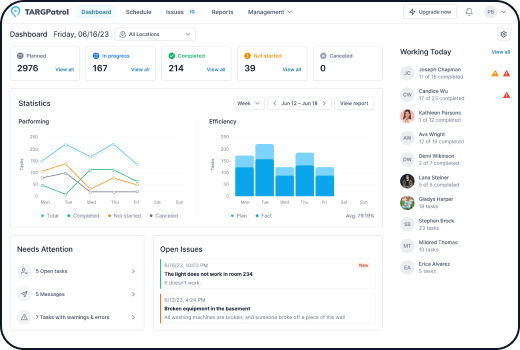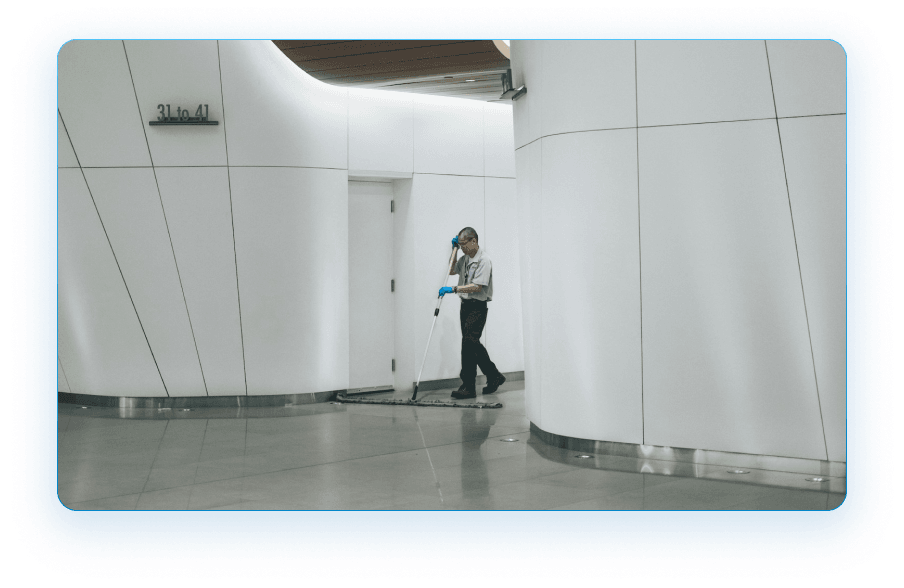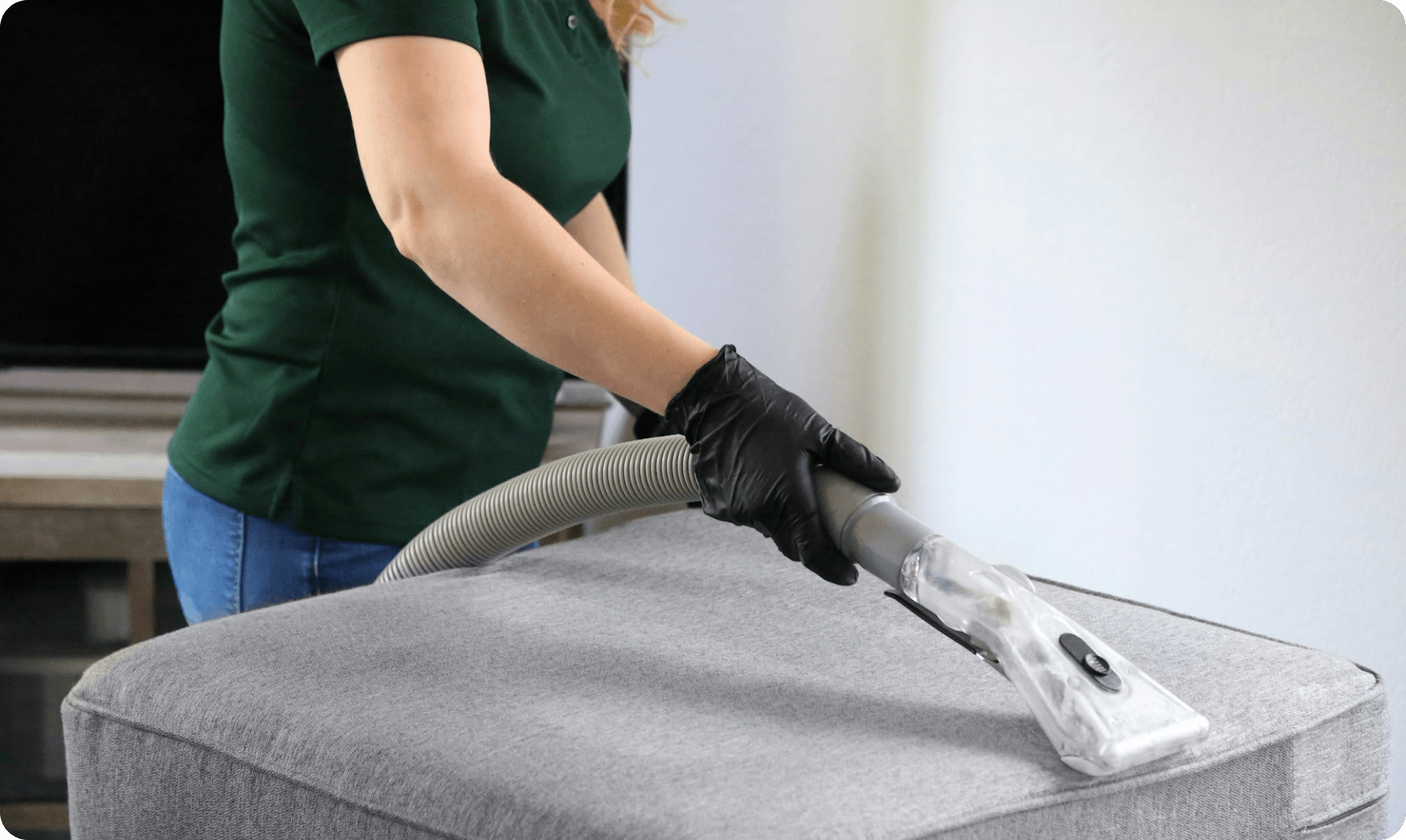To implement this process, we first created a company account on the system’s website and installed the mobile app from Google Play on our employees' smartphones. In the organization’s account, we entered all employee data, set up individual work schedules, and added checklist templates.
For our larger sites, such as factories and supermarkets, we set up specific cleaning zones, assigning a QR code to each one. In the system, we created cleaning routes and linked them to the appropriate employees. At the start of their shift, employees open the app and select their assigned route. Upon reaching each cleaning zone, they scan the QR code to access their tasks and checklists. As they complete each step, they mark it off on the checklist. Once finished, the data is uploaded to the system, providing reports that show time spent in each zone, along with photos and comments from the employees.
Challenges Faced After Implementation
We understand that any change in the usual workflow can be challenging. Initially, we were concerned that employees might struggle to adapt to the new application. Fortunately, most of our workforce, consisting of millennials and Generation Z, had no issues.However, around 35% of our staff belong to Generation X, and some needed more time to get familiar with the system. Thankfully, TARGPatrol’s interface is user-friendly, and with a bit of training, we ensured a smooth transition. Occasionally, a few employees forgot to mark certain steps in the checklists or scan the QR code, but these were rare occurrences that we quickly resolved through brief follow-ups.




